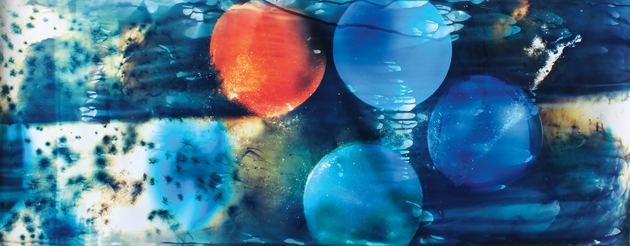Researchers who spent sixteen months observing an Illinois cardinal who is half white and half red, and correspondingly half female and half male, announced that the bird does not mate but is also not subject to harassment by other cardinals. A study of blog-post comments left by victims of bullying found that bullies most often target appearances and sexual orientations that they view as unusual. A cardinal from Wisconsin suggested that the “feminized” state of the Catholic Church was responsible for the epidemic of priests raping children. The moralizing tendency of major world religions emerged when their native cultures achieved diets that provided 2,000 calories daily. American clergy are less likely to be obese if they take sabbaticals. Lawyers with more masculine voices lose more Supreme Court cases. In France, where men are more helpful to women in high heels, gynecologists who monitored the bladders and collected the ejaculate of climaxing women concluded that “squirting is essentially the involuntary emission of urine during sexual activity, although a marginal contribution of prostatic secretions to the emitted fluid often exists.” Ecstasy flows in the rivers of Taiwan. A multidisciplinary team detected cardiac arrhythmia in the works of Beethoven. Pediatric anesthesiologists recommended Rihanna as an alternative to postoperative opioid painkillers.
Among African-American men aged fifteen to forty-four, 88.7 percent of gun deaths are homicides; among white American men aged thirty-five to sixty-four, 89.2 percent of gun deaths are suicides. Children of highly educated black parents are more likely than other black children to be depressed, because they face more discrimination. Lexapro may be better than Prozac for the unborn. Norwegians born during periods of high U.V. radiation have fewer children and grandchildren and die five years earlier. Danish boys are 50 percent likelier to be diagnosed as autistic if they are circumcised; non-Muslim Danish boys under age five are 300 percent likelier. Autistic children with dogs are more assertive and prefer smaller breeds. Young bilingual children who learned one language first are likelier than monolingual children and bilingual children who learned languages simultaneously to say that a dog adopted by owls will hoot. Wolves retain the quantitative skills lost by dogs. The numerically incompetent make weak excuses for refusing bowel-cancer screening. Hugs prevent illness. The metaphoric presentation of cancer as a martial threat discourages preventive behaviors. H.I.V.-positive adults have worse high- and low-frequency hearing. Blind people who do not echolocate do not succumb to the illusion that small boxes weighing the same as large boxes feel heavier, but the blind who echolocate and the non-blind do. Political extremists are less susceptible to anchoring bias. Rock ants favor left turns.
Entomologists discovered that museum specimens believed to be the assassin bug Sinea complexa were in fact those of a previously unknown assassin bug, Sinea incognita. Half of Britain’s remaining Nazi cattle were killed because of their aggression. A fanged frog was found to bear live froglets. A bamboo shark pupped after fertilizing herself with sperm that she had stored for at least four years. Caterpillars bioaccumulate quantum-dot nanoparticles. The meeting of sperm and egg releases billions of zinc sparks. Most lost body weight is exhaled as carbon dioxide. An imaginary meal in pill form was cocreated by Dr. Annette Atkins. When Pacific parrotlets fly within a truck, the truck becomes lighter, by an amount equal to the weight of the birds, as their wings rise. The truck becomes heavier, by twice the weight of the birds, on the downbeats.
























































































































